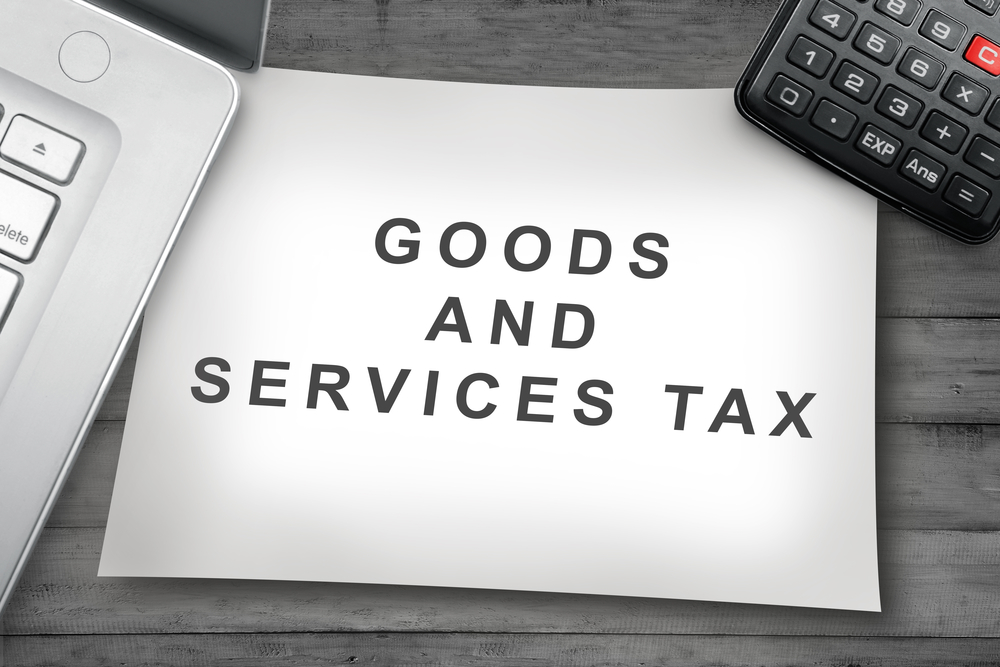How Will Amendments Work Under New GST Return Filing System?
The new system comprises of a single main return called the RET-1-Normal.

Amidst a slowing economy, GST is preparing itself for a massive compliance shift for taxpayers, starting October 2019. The new GST returns will replace the present system of GSTR-3B, GSTR-1 and the auto-populated GSTR-2A. Where GSTR-1 is the return of outward supplies, GSTR-2A is the detail of inward supplies (based upon GSTR-1 of your supplier) and the summary returns of GSTR-3B for payment of tax.
The new system comprises of a single main return called the RET-1-Normal. There are also 2 other RETs RET-2-Sahaj or RET-3-Sugam. These return forms are backed by two annexures ANX-1 (for tax liability) and ANX-2 (for input tax credit). The annexures must be submitted by all kind of taxpayers and are action-oriented.
We’ll discuss in detail what sort of ‘actions’ are to be done. From these annexures, details are auto-populated into the main return. Main returns are used for payment of tax after summarising these ‘actions’ and reporting some additional information. It is very similar to the initially planned GSTR-3 return and different from the present GSTR-3B return, which involves a lot of information to be entered manually.
The suppliers firstly upload all invoice documents liable for tax payment in the annexure ANX-1 similar to present GSTR-1. Then, the GST registered buyers take some actions such as accept such documents or reject or mark them as pending. These can be done anytime but before the specified cut off dates for a given tax period, differing for a monthly or quarterly taxpayer.
The actions to be taken for annexure ANX-2, based upon uploads in ANX-1 is newly introduced under GST compliance for claiming ITC. It approves only those ITC claims where the supplier has uploaded the relevant documents. Before taking action, a business should match these documents with its purchase register and also verify if the documents are eligible for ITC claim. Further, the correctness of the details must be ensured before accepting the documents for credit claims. Sometimes a supplier may commit errors while uploading invoice details in ANX-1. If such documents are already accepted, an option to reset or unlock by the recipient is available after which corrections can be done by the supplier.
Option for amendment hence continues to be necessary. The procedure for amendment varies depending upon the nature of supply and the requirement to report invoice-wise or as a summary figure.
Under the new GST returns system, the underlying principle of the amendments remains the same as the present. However, only suppliers can amend or edit invoice details and not the recipients. Additionally, amendment returns for specific information of ANX-1 and RET-1 is newly introduced. Details requiring correction or change within a given tax period can be edited in the annexure or return itself in the same table, without a need for separate amendment. Further, the facility for shifting of documents earlier reported under wrong tables will be given.
Amendments under the new GST returns system can be understood for three parts- amendments to B2B supplies, Non-GST supplies and B2C supplies including exports or imports and its variants.
Beginning with the less complicated one, the amendment to Non-GST supply does not have a tax-implication. Hence, it can be done in a newly introduced return called RET-1A by entering the amended figures. RET-1A is the amendment to certain user input tables of the RET-1 main return and also provides for auto-populated information from amendment annexure- ANX-1A.
Moving on to the amendments to B2C and other supplies like exports or imports, the annexure ANX-1A will be used. ANX-1A is hence the amendment return to ANX-1 having the option to declare amendments to all tables of ANX-1, except for B2B supplies. In ANX-1, all B2C supplies will be reported document-wise in Table 3A, unlike GSTR-1. In GSTR-1, B2C supplies were bifurcated as the sales made outside the State to unregistered persons for a value more than Rs 2.5 lakhs and the rest of the B2C supplies.
The former details have to be reported document-wise whereas the latter can be reported GST-rate wise in GSTR-1. Any documents, which have been missed can be reported in ANX-1 subsequently and will form part of such subsequent tax periods. The amendments to exports, imports, supplies to SEZ and deemed exports will follow the steps to amend B2C supplies. RET-1A will also auto reflect the amendments made through the ANX-1A.
Coming to the B2B amendments, there are options to edit the original tables of ANX-1 either in the same or next period. It depends upon the date of making changes to the documents. Any missed documents can be reported in the respective original table of ANX-1. To amend the original invoice earlier reported, within the tax period, editing is allowed in the same table where the original was reported. In case the amendment is done after the tax period, then a separate table is provided in ANX-1 itself.
Any addition of missed documents or corrections to originals will form part of the same tax period only if reported before the 10th of the month following the month or quarter. It can be viewed for action in ANX-2 by the corresponding recipient in such tax period itself.
However, if reported beyond that date, it will form part of the following tax periods both for suppliers and their recipients. Further, the recipient should reset or unlock documents already accepted to allow the supplier to make changes, irrespective of the tax period. In case it was rejected, the supplier can notice such document only in the next period unless the recipient for the supplier to edit or amend resets it.
This becomes challenging for suppliers, making them dependant upon the recipients to make amendments. But it also deters taxpayers from wrongful ITC claims or double claiming of ITC.
While the trial run began in late July 2019, businesses are now exploring the offline version of the new returns system featuring the ANX-1 and ANX-2.
The author is the Founder and CEO, ClearTax








